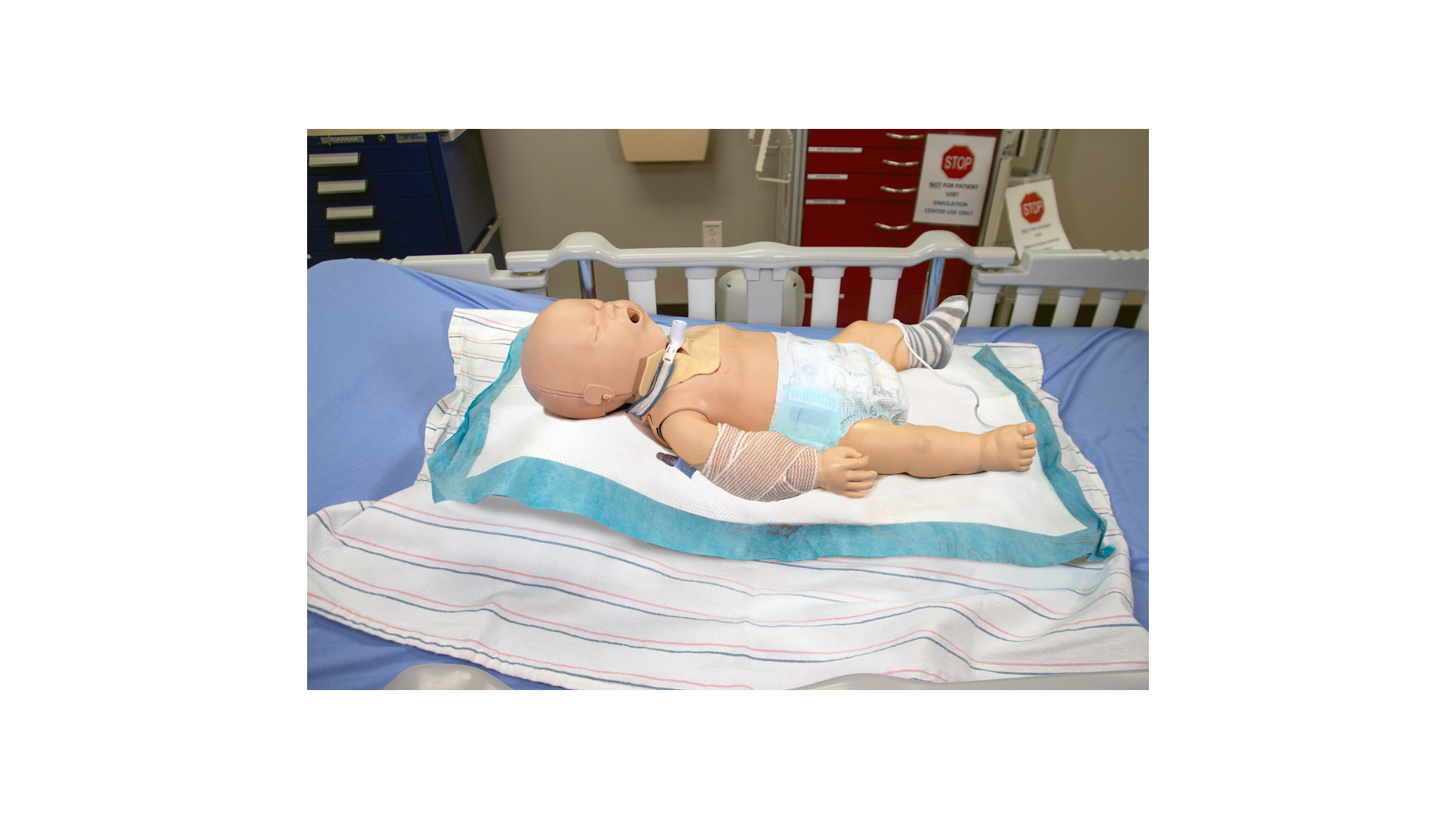Insights on a Novel Gradient Compression System
October 23, 2024
Editor's Note: In this video interview, Dr. Cole shares key insights from her poster research on a novel gradient compression system, presented at the Symposium on Advanced Wound Care (SAWC) Fall in Las Vegas, NV, in October 2024.
© 2024 HMP Global. All Rights Reserved.
Transcript
Hello, I'm Dr. Windy Cole. I'm the Director of Wound Care Research at Kent State University College of Podiatric Medicine. And I'm happy to discuss a poster that I have at SAWC. We did a project where we looked at the usability of a novel gradient compression garment, and we wanted to compare that to what our patients were currently using to see if it was more user-friendly. And the hope was, if it was, that they would be more compliant with compression.
So, we know that patients that have had venous ulcers or are at risk for developing venous ulcers due to venous insufficiency or venous hypertension, really the gold standard of care is compression, and compression is for life. And it's very difficult for patients to comply and understand the need for compression. Historically, compression garments are very difficult to don and doff for our patients. They might not have perfect dexterity. They have difficulties bending down and even getting to their lower extremity. In some instances, they might not have adequate hand strength. So having new and innovative garments that are easy for them to wear will help to support their ability to be compliant.
So, we used a survey, and we followed patients up for a series of a few weeks, and we had them use the novel gradient compression system and then tell us about how they use their garment prior to using the new garment, so we could compare if they actually were able to utilize it more and were more compliant, and then had them grade their previous compression garment after using the new compression garment and compare. And what we found is that the new gradient compression garment was a lot more user-friendly. The patients were able to put it on and off with a lot less exertion, and they felt that it was very easy to go about their activities of daily living wearing the garment. It wasn't hot, wasn't cumbersome, it didn't snag on clothing or cause any sort of interruptions in what they normally would do throughout the day. And they also felt that it decreased the edema in their lower leg, which is obviously the ultimate goal of the compression garment. So it scored very high marks, and I think it's really helpful in supporting that care algorithm of compression. And I think that it's going to be really a sea change in the market. So I'm excited to see what comes in the future with that project.
The views and opinions expressed in this content are solely those of the contributor, and do not represent the views of WoundSource, HMP Global, its affiliates, or subsidiary companies.








